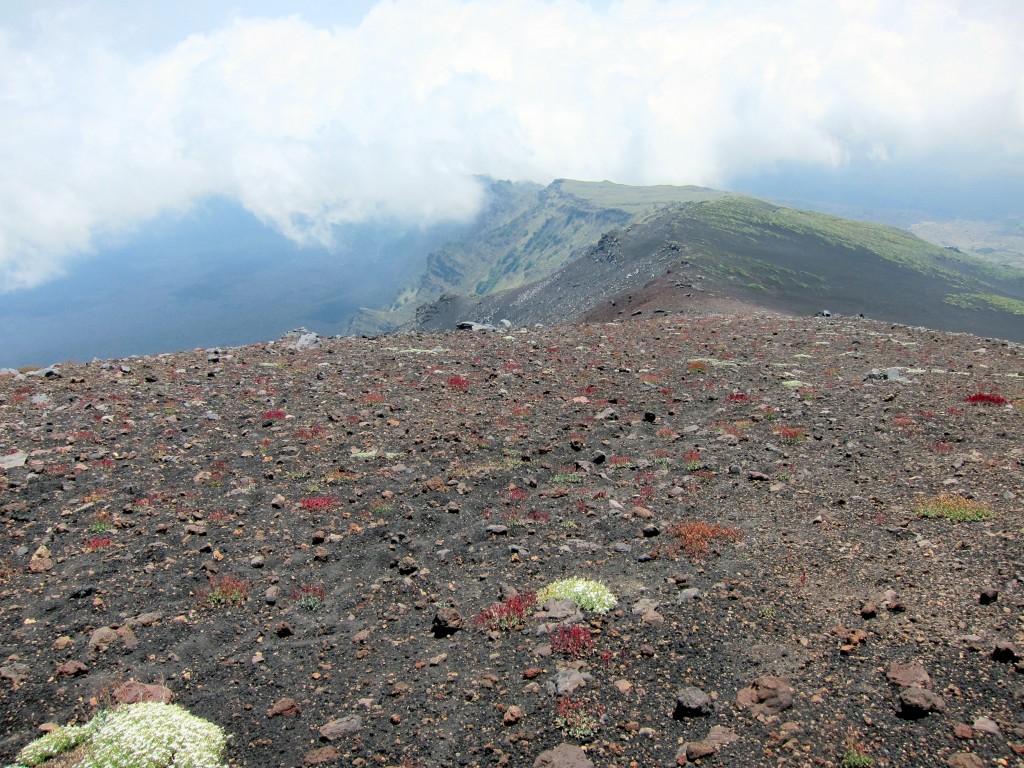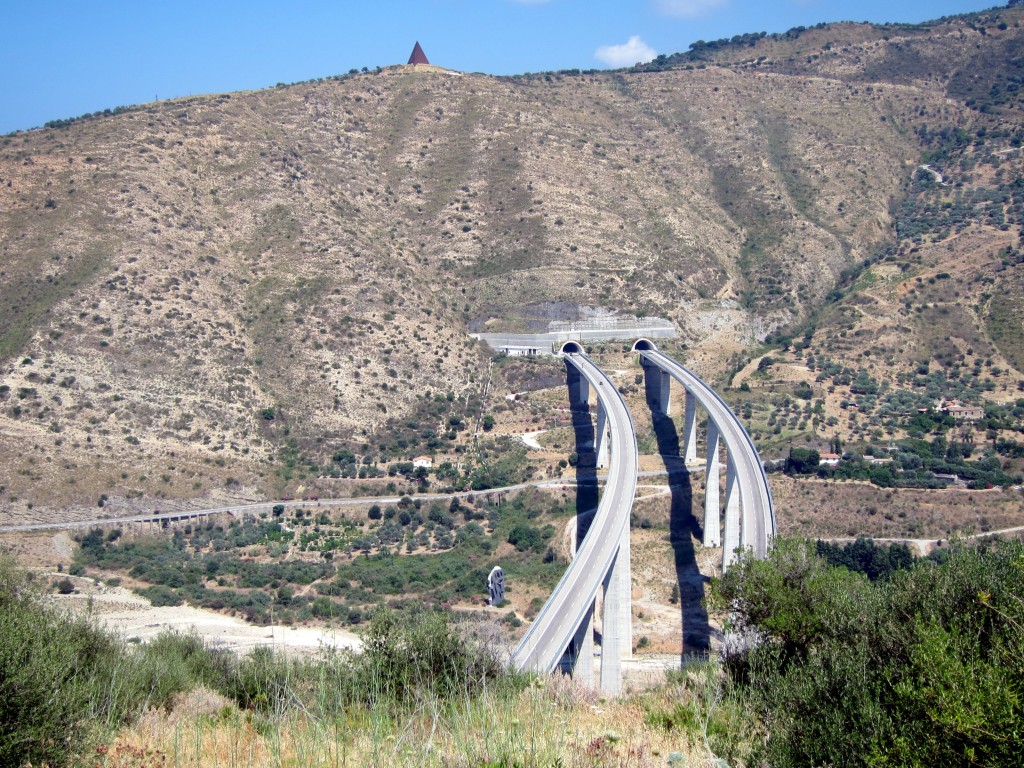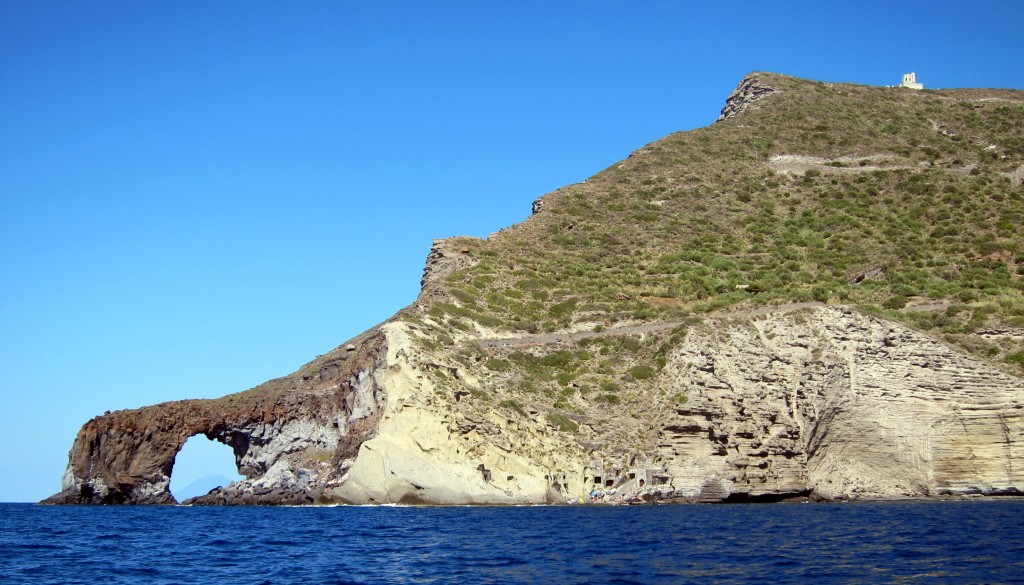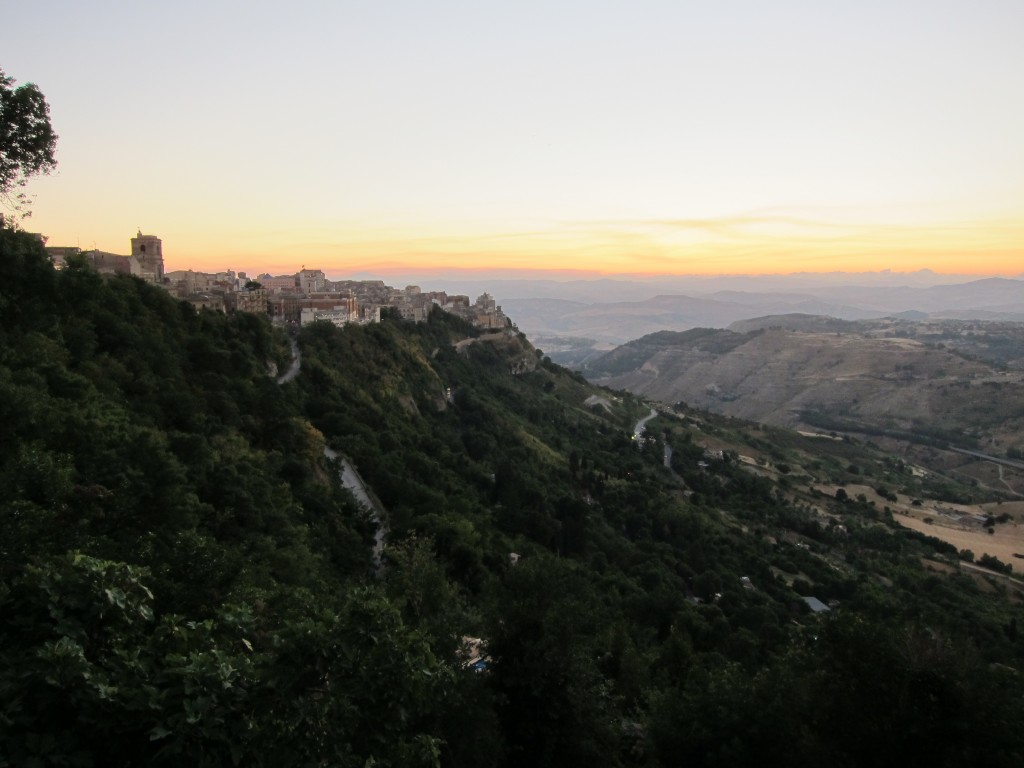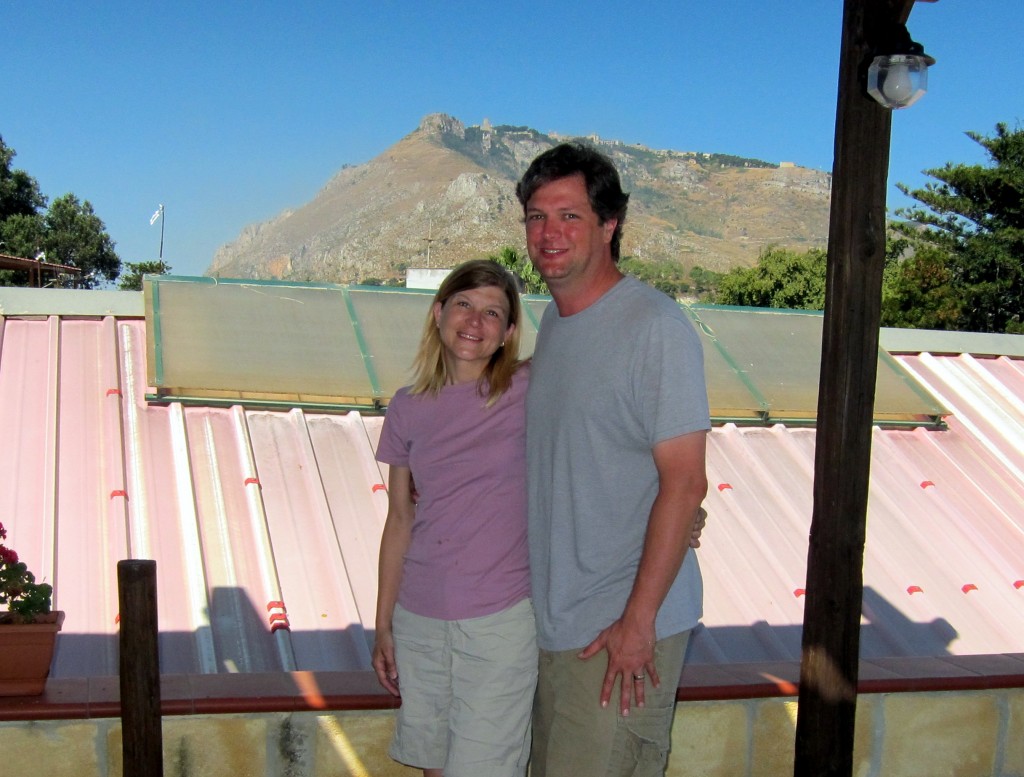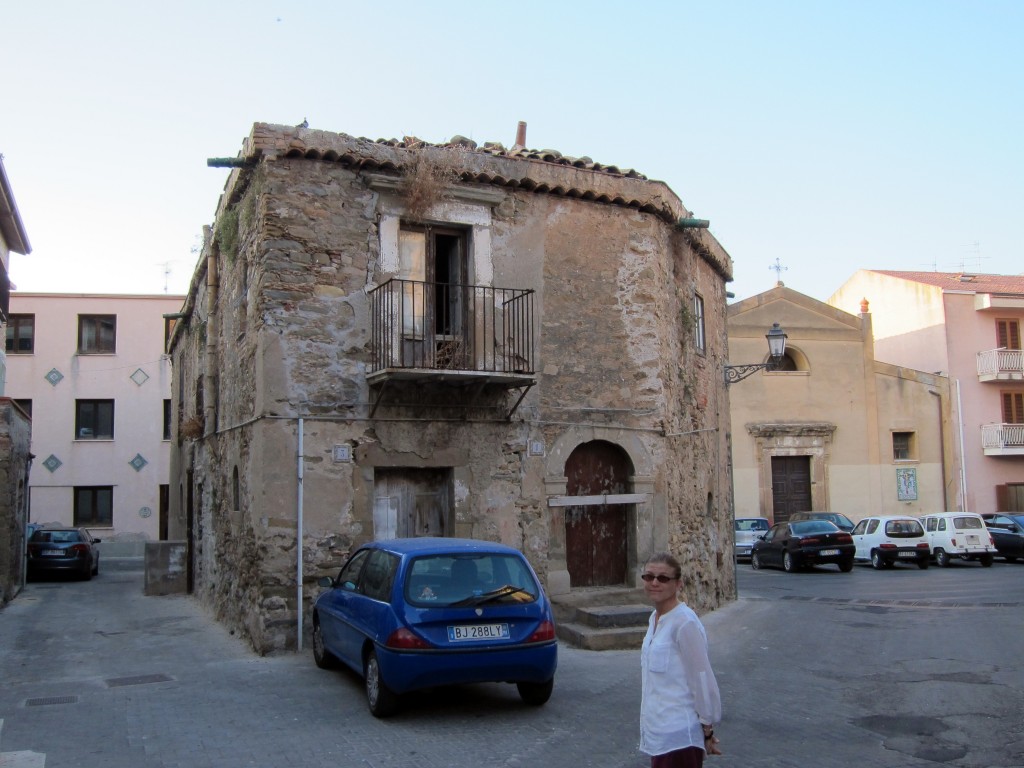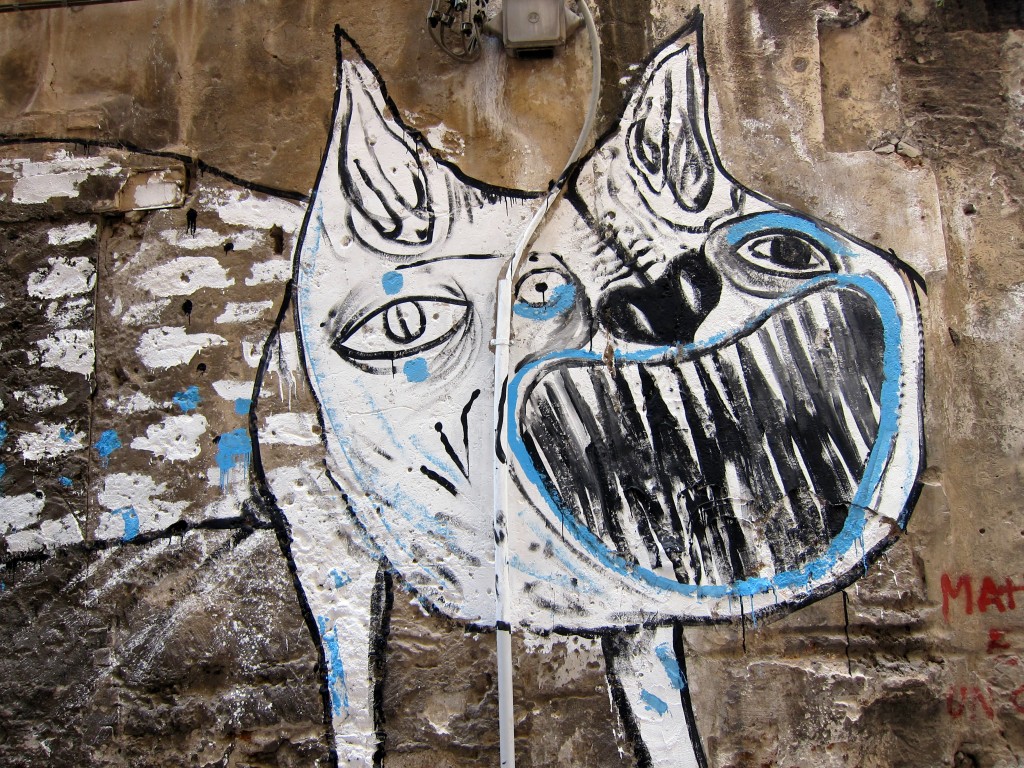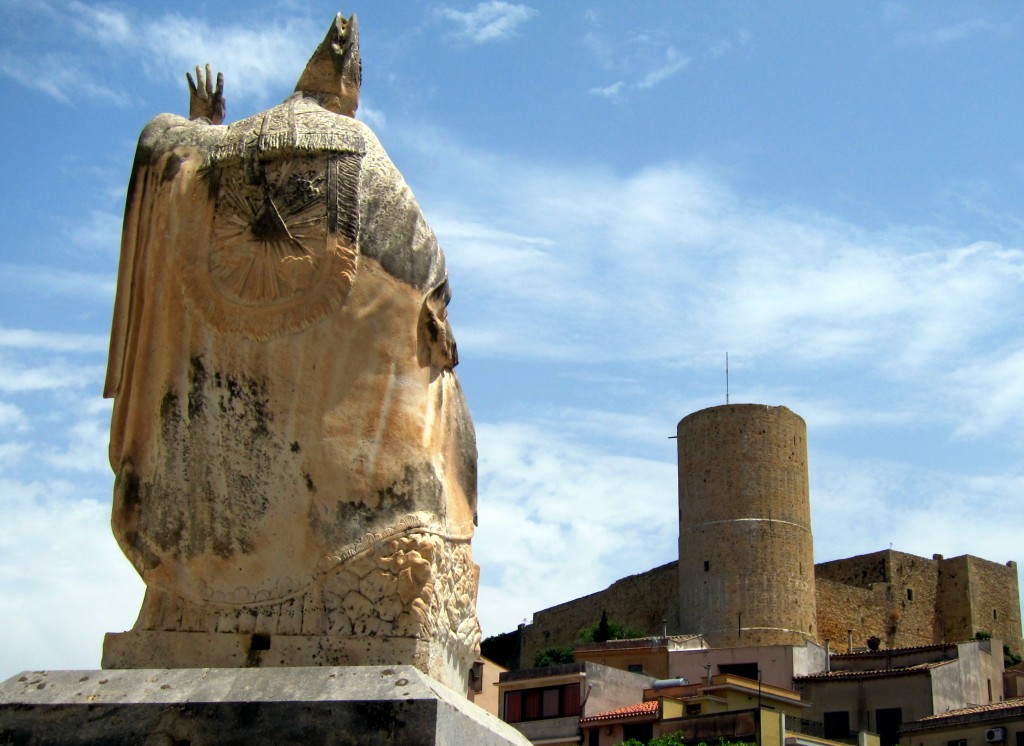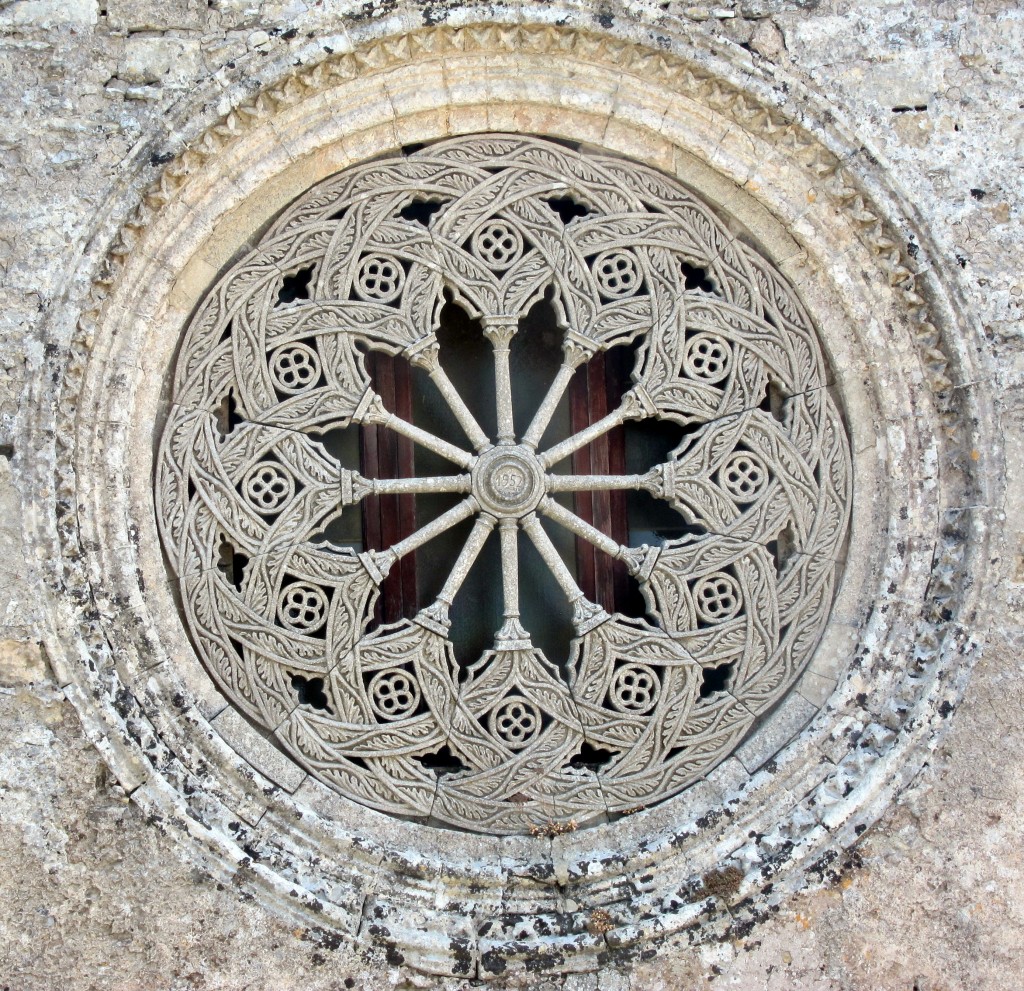While I was listening to Italian language lessons before going to Sicily in July, I found myself wondering about the number 17, or in Italian, diciassette. Specifically, I was curious why, at 17, the structure of how you say the number flips, where you say the 10 part first, and then you say the number part. For 11 to 16, you say the 10 part (dieci) and then the number added to ten to make the number you are trying to convey. So, undici for 11; literally, one (uno) + ten (dieci). Then, dodici for 12 (due + dieci). Followed by tredici for 13 (tre + dieci). When you get to 17, you flip it, so that you say the 10 part first, and then the 7.
Why is this interesting? Well, languages similar to Italian do it earlier in the series of numbers, or at least they do it in a different place. Spanish, which is closely related to Italian, makes this change at 16, not 17. French makes the change at 17, the same as Italian, but English, we do it at 13. Portuguese changes at 16, but this could be because of its close proximity to Spanish. Dutch and German, each closely related to English, also makes their changes at 13. None of this seems to affect the major Eastern European languages, like Polish, Czech, and Russian, who simply start at 11 to say the first digit and then the ten’s digit. Perhaps most interesting is that Latin, the parent language to Italian, French, and Spanish, makes the change at 18, going from sedecim (16) to septendecim (17) to duodeviginti (18) to undeviginti (19).
Anyway, this topic was still going through my mind while I made my way down Mount Etna, passing this scene at top of the Valle de Bove among the wispy clouds at about 8,500 feet, far away from any other people, hoping my feet didn’t slip or the hillside didn’t give way and kill me with a 1,500 foot tumble down into the valley floor below. I stopped to snap this shot right when I started to notice living things appearing among the volcanic stones. After such a bleak landscape for several hours, any color was a real treat.
Other pictures from our July 2012 Sicily trip are available here.
